Exploration in EVE Online is an essential part of gameplay, basically allowing you to make money by finding loot in space. Since exploration is something everyone in the game can do, it attracts many beginners as a source of easy money.
However, exploration is so much more than just finding cosmic signatures and hacking them. It’s an entire campaign that requires a solid strategy, especially if you’re looking forward to exploring wormholes and other dangerous places.
Before venturing into space, make sure that you have all the necessary equipment for your journey. Follow our comprehensive guide for all the most important tips and tricks for exploration in EVE Online. We’re going to go over the best ships and fittings, advice on exploration and choosing destinations, and hacking. Get strapped in, it’s time to get started.
Best Ships for Exploration in EVE Online

Heron
The cheapest exploration ship any beginner can afford is Heron. Heron has all the necessary basic modules to pull off exploration in EVE Online with the smallest possible budget.
What makes it good is the cloaking device that lets it cloak while probing in space. This will protect the ship from enemies. But since the Covert Ops cloaking device is not available for Heron, you will not be able to warp while cloaked.
It is equipped with a relic and data analyzer, necessary for cosmic signature probing. It also has two slots for additional modules, such as Scan Rangefinding and Pinpointing Arrays.

Buzzard
Buzzard is a variation of the Caldari frigate that, unlike Heron, can use Covert Ops cloak. This means that you will be able to warp while being cloaked without any speed penalties.
This ship can also use the Covert Cynosural Field Generator module, which generates an undetectable energy field that only Black Ops jump drives can lock on to.
It doesn’t mean that you will be completely safe when exploring wormholes or other unsafe areas of space, but that kind of job is more fitting for the next ship.
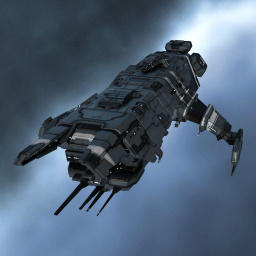
Tengu
This thing is perfect for wormhole exploration, if that’s your goal. The Tengu can not only be configured to fit a Covert Ops cloak, but it also allows you to warp in at extreme ranges and warp out before it can be caught.
Because of its strong shield tank, long-range missiles, decent DPS, and small mass, the Tengu is highly preferred for wormhole space exploration.
But this is still not the most optimal fitting. If you have enough money, you should always opt for the next best ship for exploration in EVE Online.
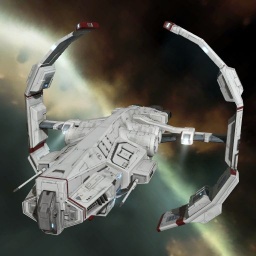
Astero
This class of ships comes from a pirate faction — Sisters of EVE. It is quite expensive and will not be available to new players. But if you’ve been playing for some time and have a certain knowledge of the exploration ships, you will see why Astero is considered to be the best in this game.
It has everything you need in an exploration frigate, including Covert Ops Cloak and the largest drone bay available. It’s fast and agile, and it’s amazing in PvP. This means that the Astero can easily take out any other low/null or wormhole explorers.
At its base, Astero still needs some fitting to be able to perform well at probing, but when you equip it with the right type of modules, it’ll easily push any other scanning frigate out of competition.
Best Fitting for Exploration in EVE Online
Assuming that you’ve chosen Astero as your ship for exploration in EVE Online, you will need specific modules that should bring the exploration capabilities of this excellent frigate to their maximum.
Reactive Armor Hardener
There’s a ton of armor modules you can stack on your Astero, but this one is really the smartest one. It shifts the resistance percentage in accordance with the type of damage you receive.
For example, if you get hit by EM damage, the 15% to all resistances will gradually shift to 60% EM resistance and 0% to all other resistances. In effect, this will make your armor practically undefeated.
Small Armor Repairer II
However, there is still a chance that your armor will get damaged, and in that case, you’ll need this repairer module that uses nano-assemblers to repair damage done to the armor of the ship.
Small Ancillary Armor Repairer
Usually, EVE players use either Small Armor Repairer II or this one, but almost never together. However, the dual repairer fit is very practical when it comes to exploration. First of all, it increases the speed of armor repairing, and secondly, it works best in PvE, which is what you’ll be doing a lot of when exploring.
‘Refuge’ Adaptive Nano Plating I
Currently, most ships fit the most recognizable Energized Adaptive Nano Membranes for armor plating. However, the Refuge Nano Plating is far better due to the fact that it has a higher resistance bonus and doesn’t use your CPU at all.
Small Electrochemical Capacitor Booster I
Capacitor booster is required to inject additional power into your capacitor in case you need to stabilize.
Warp Scrambler II
Now, this module is far more exciting. It is used to jam and disrupt another ship’s attempt at warping. Of course, you could use Warp Disruptor instead, but Scrambler has better warp disruption strength in case your enemy is using stabilizers and consumes less capacitor as well.
Coreli A-Type 1MN Afterburner
This frigate-only class module will boost the velocity of your ship to its maximum. The thrust that boosts the ship is limited by the mass of the ship, and since Astero is a relatively light ship, your speed boost will be quite significant.
Data Analyzer I
An absolutely necessary module for hacking containers found on data sites while exploring. Without it you will not be able to start the hacking mini-game.
Covert Ops Cloaking Device II
Cloaking is just as important for exploration, and this module will allow you to warp and stay cloaked at the same time.
Picking the Best Destination
When you have the right ship and the fitting for exploration, you can start exploring the vast space of EVE Online. But before venturing out into the unknown, you need to check a few things.
First, you need to know where to go, and the best space to explore is the one with low activity and low-security zones. In order to find such spaces, you need to open your map and set it to show the ships destroyed within the last hour.
- Press F10 to open the map
- Go to the Star map
- Go to the Star tab
- Open the Statistics folder
- Select “Ships destroyed in the last hour”
Check EVE Gatecamp
If you see a system with very few or no ships destroyed, then take a note of it and check it again over at the EVE Gatecamp channels. This’ll give you additional intel on the exploration route of your choice.
Start Scanning for Signatures
After you’ve reached the desired destination, activate your probe scanner by pressing Alt+P. You will see a list of signatures at your scanner. Most of them will be anomalies, as indicated by the green color.
Use the “Filter” option in the same menu, and select Cosmic Signatures only. The scanner will now only show the signatures with red color — that’s what you’re looking for. If your system has one or more of those, then you can start the process of probing and hacking.
Probing and Hacking Containers
After a successful scanning, you can now launch your probes and start probing the signatures. Choose a signature indicated by red color in your probe scanner window and the system map will reveal all the relevant information for further probing.
Moving and Resizing Probes
You will see a red dot in space that indicates the location of a cosmic signature. Double-click on it to center it on your screen, and move your probe cube to the location of the signature.
Set the size of your probes to 8au at the bottom of the probe scanner window. That is the most optimal size for probing in the beginning. However, most signatures are located within 4au of the given zone. This means that you need to move your probes and resize them to fit the 4au size.
Four Possible Outcomes
If your probing is going well, you should be able to identify one of the four possible signatures:
- Sphere (1 signature). If the sphere appears on your screen after probing, then you will know that the signature is inside that sphere. Keep resizing your probes to fit the sphere and press Analyze button on your probe scanner window to refresh the results untill you reach the highest possible percentage.
- Circle (2 signatures). In the case of a circle move your probes to the rim of the circle and move and resize your probes to cover the entire circle. Then, keep pressing Analyze. Rinse and repeat until you identify the exact location of the signature.
- Line (3 signatures). If a line appeared that connects two dots, then move your probes to the center of the line and resize in order to cover the entire length of the line.
- Spot (4 or more signatures). In the case of a spot, you need to act in the same way as with Sphere. Center your probe cube on it and resize untill you get the results.
Four Possible Sites
After you’ve identified the exact location of your signature, there can be four possible results:
- Gas site. The signature could be a simple gas site. It could be used to harvest gas, but that’s not the reason why you would explore in the first place. So skip it!
- Combat site. As the title indicates, these are PvE or PvP combat sites. You want to avoid these as much as you can. You are here to explore and not to get into random fights. Skip it!
- Relic and data site. This is exactly what you’re looking for. You will find containers that can be hacked for relic or data extraction — the actual reason for exploring.
- Wormholes. Also could be useful, but are recommended for experienced players only.
Hacking Mini-game
After you’ve located the position of the relic or data container, you need to set your ship on its orbit. Then, activate your Data Analyzer and start the hacking mini-game.
This game is very similar to Minesweeper, a game where you need to guess which spots are safe by clicking. In the EVE‘s hacking mini-game you have additional stats, such as health and damage. But instead of mines you will encounter enemies, various defensive subsystems, where your main goal is the Core.
If you’re good at Minesweeper, then you know that if your first number is 5 and the next one is 4, then you’re getting closer to something. If you manage to reveal the Core on the given grid, and beat it by simply clicking on it a few times and checking if you have enough health, then you will successfully hack the container.
Wormhole Exploration in EVE Online
In case you still decided to explore wormholes, you should always only do this with a ship that has Covert Ops cloak. Staying undetected is of utmost importance, since you never know what expects you on the other end of a wormhole.
Directional Scanning
Assuming that you’ve successfully jumped through a wormhole and found yourself on the other end of it, you’ll first need to scan the unknown system. That’s why you need to know how to use Directional Scanning to identify potentially hostile ships. Here’s how you do it:
- Open the Scanners tab in your menu
- Select Directional Scan
- Press F11 to open the mini-map
- Set the scanning angle to 360 degrees
If you see anything suspicious on your scan list/map (e.g. hostile shuttles), then it’s better to leave the zone immediately, while you still can. That’s why before entering a wormhole it’s a good idea to bookmark a safe spot to which you can come back in case you die.
Probing Wormholes
If you see no apparent threats, then you can deploy your probes and start scanning the space around your ship. The process of probing is the same as before:
- Move and resize probes
- Locate all possible signatures
- Identify relic and data signatures
- Start hacking containers
When you’re done, you can warp back to your safe spot or continue exploring the unknown space.
—
That is all there is to exploring in EVE Online, but be sure to come back soon for more guides here at GameSkinny!


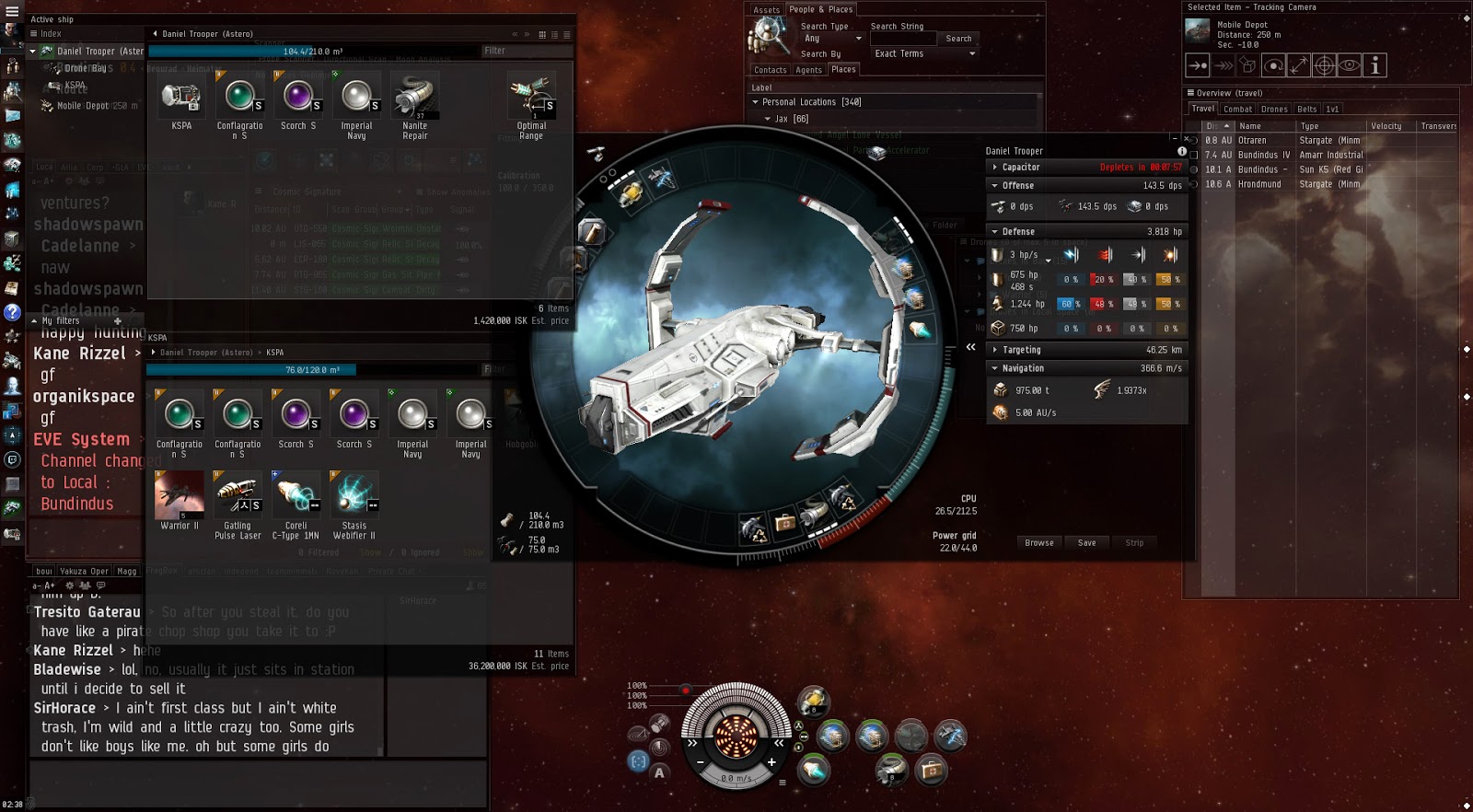
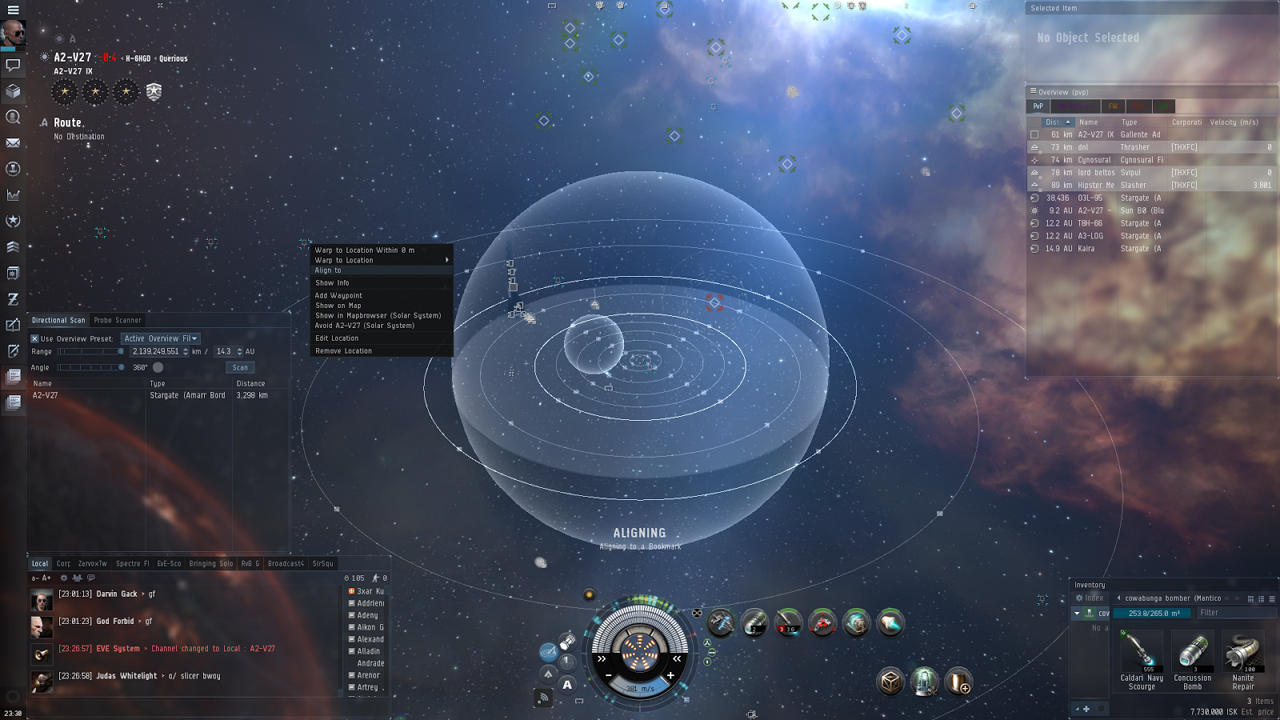
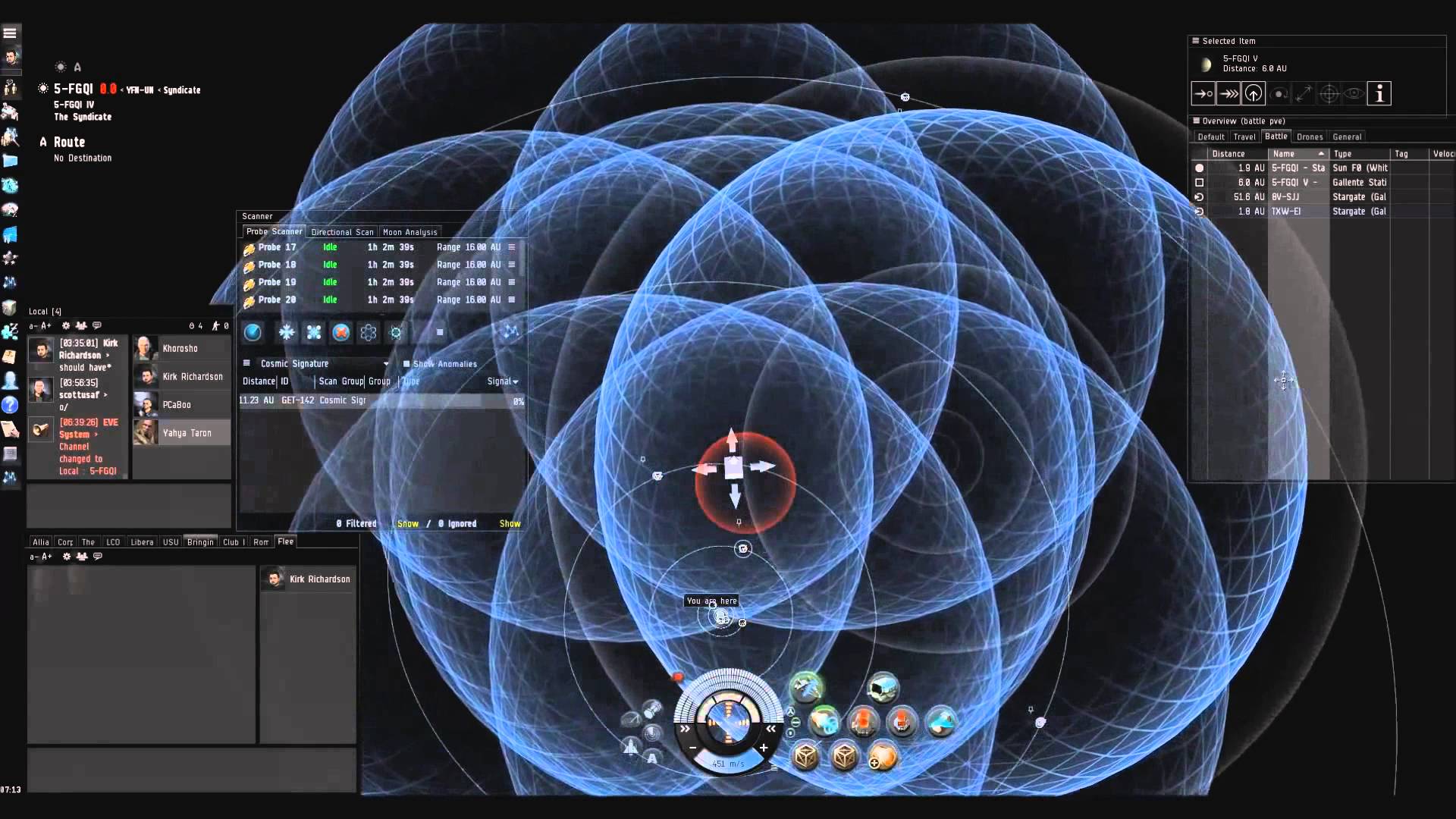
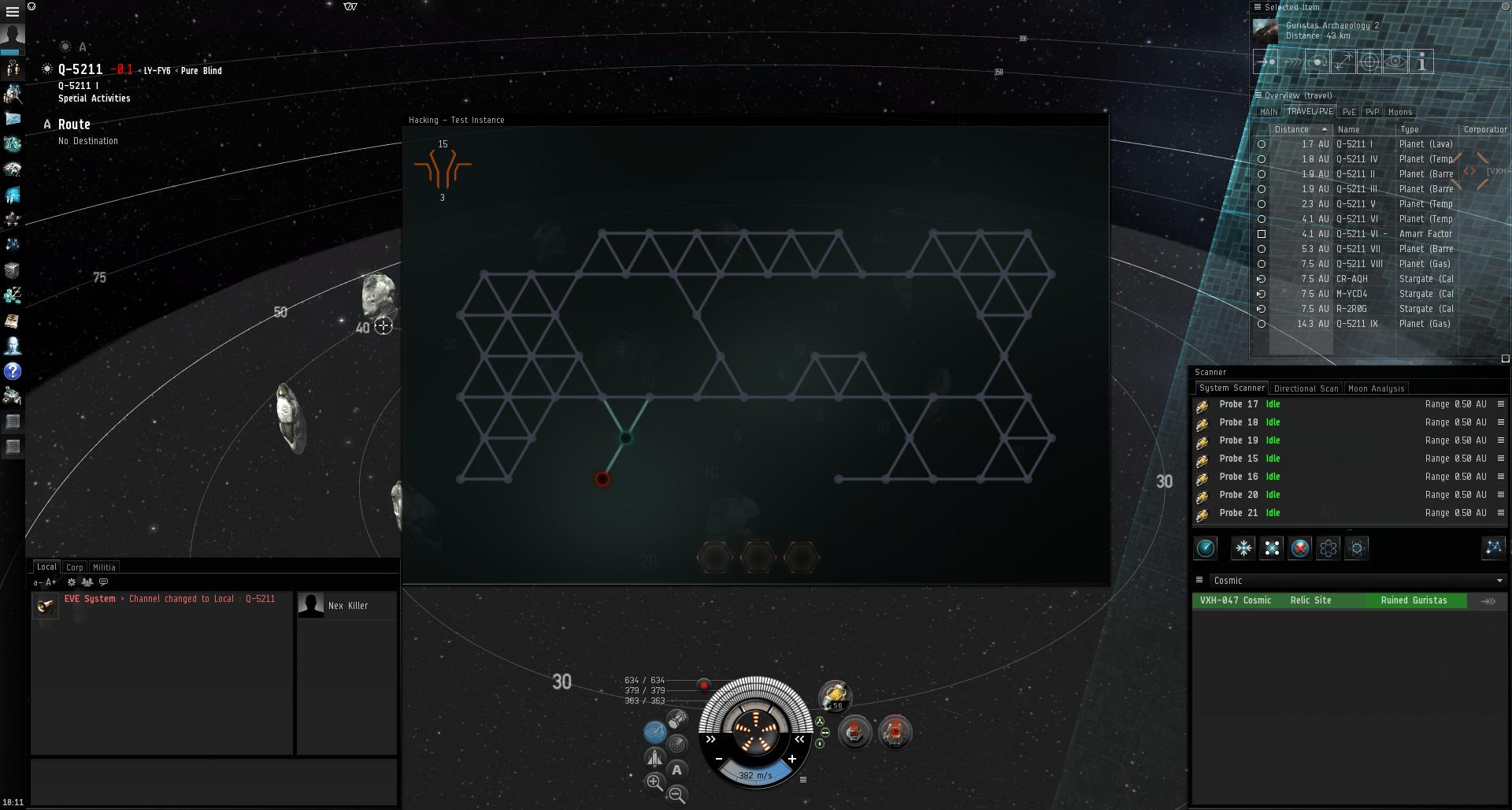
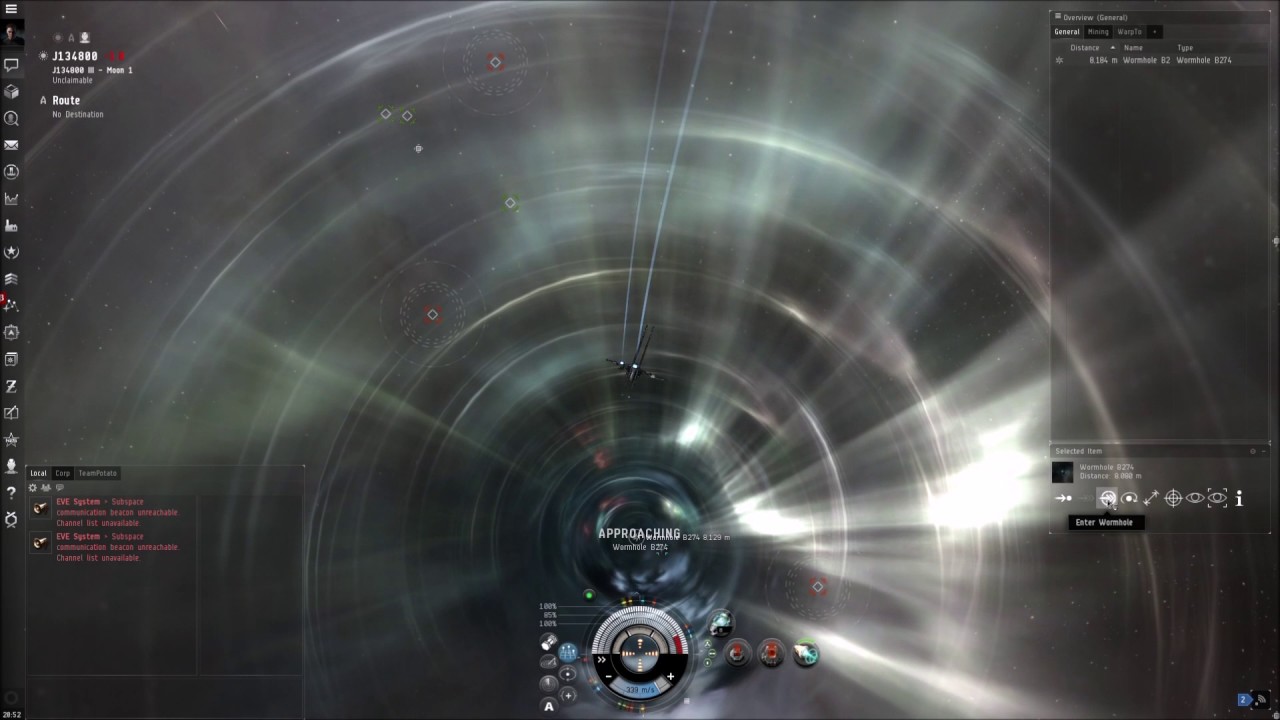




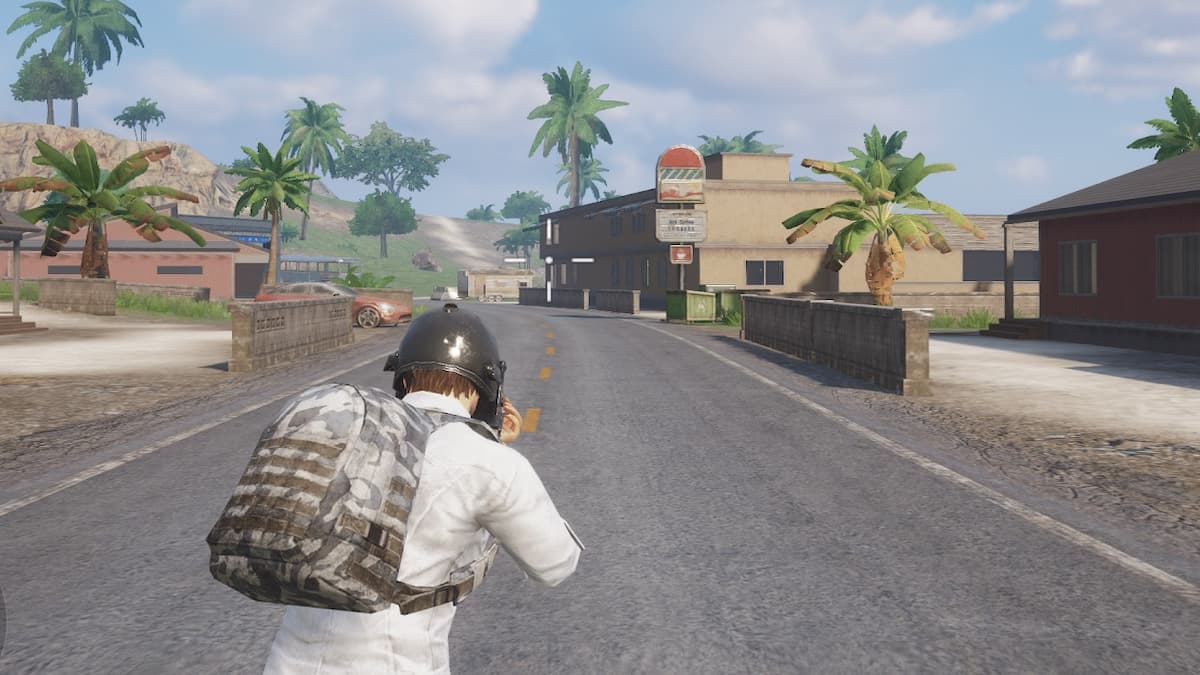
Published: May 3, 2018 06:06 am